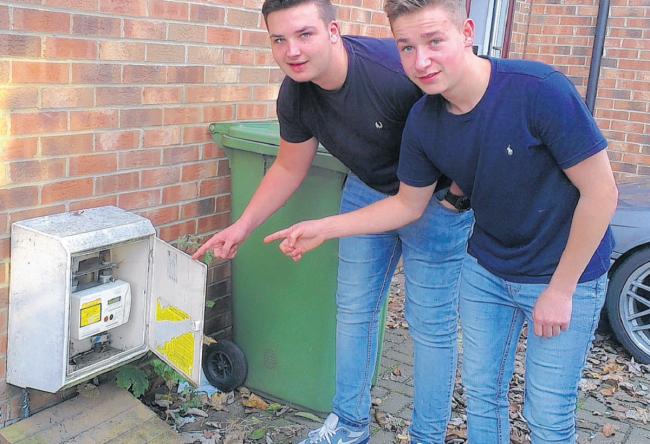- Reaction score
- 7,782
time to crack open the pringlesit's beer o'clock
Discuss Bonding to gas and 544.1.2 in the UK Electrical Forum area at ElectriciansForums.net
time to crack open the pringlesit's beer o'clock
14:30 Cotes Du Rhone Time 5 notes in Tesco, better than any pain killer, should be on prescription from the GP (I get free prescriptions by the way)Serious time over, it's beer o'clock!
14:30 Cotes Du Rhone Time 5 notes in Tesco, better than any pain killer, should be on prescription from the GP (I get free prescriptions by the way)Serious time over, it's beer o'clock!
In any case, these two chaps agree with me;


The requirement is to bond extraneous conductive-parts.
Plastic is non-conductive, so doesn’t require bonding.
Metallic pipework inside the building is not extraneous, so also doesn’t require bonding.
When you look up the definition of extraneous conductive-part, it says something about not being a part of the electrical installation which may introduce a potential (might be introduce a difference in potential).
Determination of whether the pipework introduces a potential (or a difference in potential) would indicate whether it requires bonding.
I’m pretty certain this has been covered a number of times.
Use an IR tester to determine whether there is any continuity between the installation earth and the pipework and use a low ohm meter to determine whether any continuity found is reliable.
Below 0.05 ohms is considered reliably connected and doesn’t require bonding.
Anything between 0.05 ohms and 23 kohms would be considered as being in contact with earth, though there are different opinions regarding the higher end as to whether it would require bonding.
22k ohms, 1667 ohms or 667 ohms, all dependant on the resistance of an average human body (1 kohm) and the 50v considered as being safe.
Cus half past two when the sun is over the yard arm, or in my parlance, get the bottle opened Mrs Pete999Was that the time they bottled it Pete, or the time her indoors purchased your elixir
Cus half past two when the sun is over the yard arm, or in my parlance, get the bottle opened Mrs Pete999
You see the size of that large bottle? wish Tesco sold them at a fiver a shotHere's something else for you to try Pete, whilst the summers still with us;
Why this French red wine is a game-changer - https://www.msn.com/en-gb/foodanddrink/news/why-this-french-red-wine-is-a-game-changer/ar-BBLX4Js?ocid=spartanntp
Crikey just imagine taking 6 of those to the checkout in one of those daft boxes the dish out, need a forklift to the those to the car.
Reply to Bonding to gas and 544.1.2 in the UK Electrical Forum area at ElectriciansForums.net








